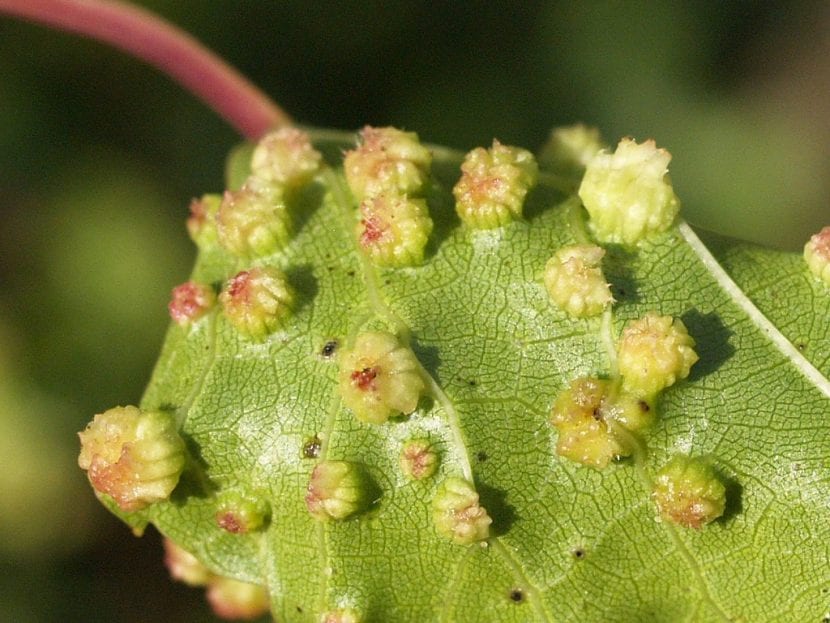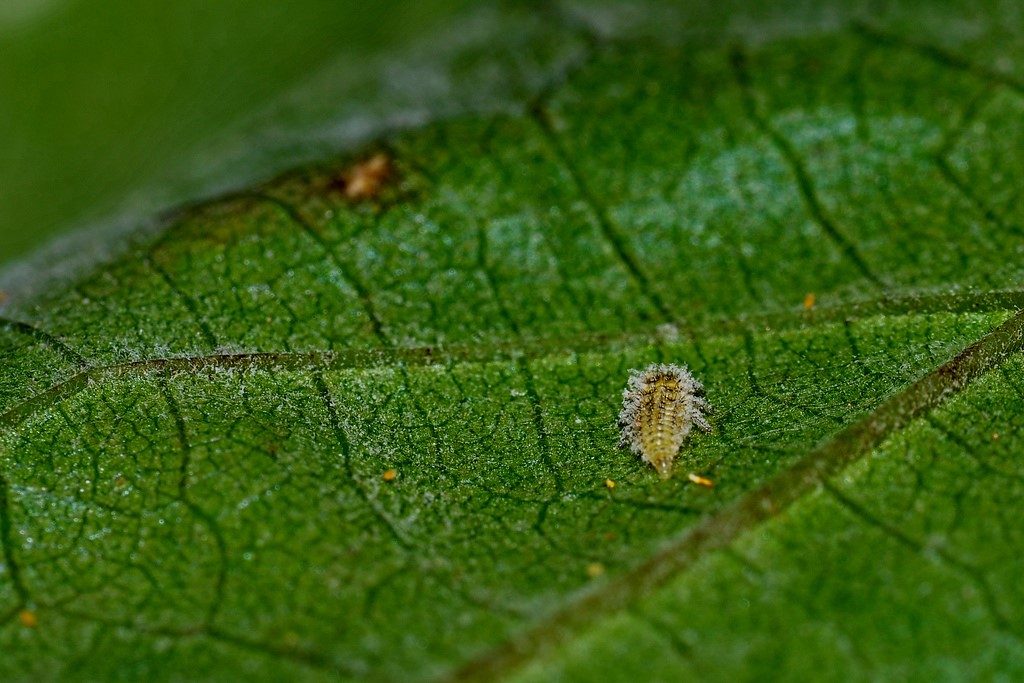
Pulgones
WHAT IS AND HOW TO ELIMINATE
Phylloxera
Daktulosphaira Vitifoliae
Pathogen:
Insect
Type:
Risk to the plant:
CRITICAL



DESCRIPTION
WHO CAUSES IT?
*Daktulosphaira vitifoliae*, commonly known as phylloxera, is a hemipteran insect that mainly parasitizes the vine. This insect goes through several phases during its development, including nymph and adult stages, and adapts well to different environments. Phylloxera can reproduce both sexually and asexually, allowing it to rapidly expand its populations. Adults can lay eggs directly on the roots of the vine, from which nymphs emerge that feed on the sap, weakening the root system. The nymphs, after several molts, reach the adult state and continue the cycle. In favorable environments, phylloxera can go through several generations in a year, compounding its impact on vineyards. During colder months, nymphs may go dormant, waiting for warmer conditions to resume activity.
SYMPTOMS
Phylloxera causes significant damage to the vine by mainly attacking the roots, resulting in general weakening of the plant and, in extreme cases, death. The wounds caused by insect feeding encourage the entry of secondary pathogens, aggravating the effects. The vine begins to show signs of water and nutritional stress, with a progressive deterioration in its development and productivity.
- Appearance of nodules or galls on the roots.
- Yellowing and premature leaf fall.
- Delay in plant growth.
- Reduction in the production of bunches.
- Gradual death of plants in severe infestations.



TEMPERATURE AND HUMIDITY
18-28°C
60-80%

HOW IS IT SPREAD?
Contaminated soil, agricultural tools, infested plants, irrigation water

HOW TO REMOVE IT?
Home remedies
There are no home treatments
Chemical treatments
• POTASSIUM SALTS OF FATTY ACIDS C14-C20 48% [EW] P/V
Authorized treatments in organic farming
• POTASSIUM SALTS OF FATTY ACIDS C14-C20 48% [EW] P/V
Insect allies
EFFECTIVE PRODUCTS TO ELIMINATE THIS PEST
Sponsored link
Sponsored link
Sponsored link
Sponsored link
Sponsored link
Sponsored link
Effective against all types of fungi
- Use phylloxera-resistant vine rootstocks, which have been specifically selected to avoid infestation of this insect in the vineyards.
- Implement crop rotations in areas where vines are not the only crop, which can help reduce phylloxera populations in the soil.
- Avoid planting vines in sandy soils, as these are more likely to allow the insect to spread.
- Carry out constant monitoring of the roots in search of initial symptoms of infestation, especially in young vines, to identify the problem early.
- Disinfect agricultural tools and machinery used in the vineyard, in order to prevent the spread of the insect to other areas.
- Apply authorized chemical treatments only when infestations are severe, rotating phytosanitary products to minimize the risk of resistance.






















